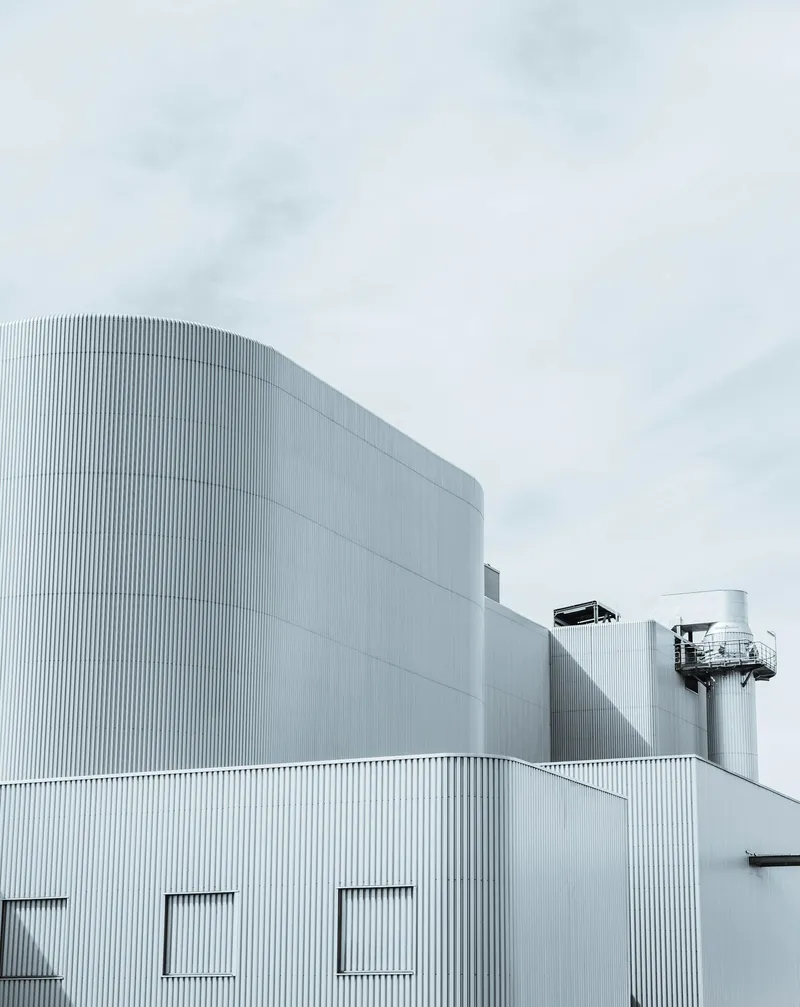Building Green: The Rise of Sustainable Construction Materials

The Rise of Sustainable Building Materials
Exploring the latest trends in eco-friendly construction and their benefits
As climate change accelerates and energy costs continue to rise, the construction industry is undergoing a fundamental shift. Builders, developers, and policymakers are turning toward sustainable building materials to reduce environmental impact and create more energy-efficient, durable structures.
From low-carbon concrete to PUF insulated panels, today’s materials are smarter, greener, and designed for long-term performance. In this blog, we explore the major trends shaping sustainable construction—and why the materials you choose now will define your project’s future.
Why Sustainability in Construction Matters
The building sector contributes nearly 40% of global CO₂ emissions—primarily due to energy-intensive materials and inefficient structures. Sustainable construction materials aim to change that by offering:
✅ Lower embodied carbon ✅ Improved thermal efficiency ✅ Reduced operational energy use ✅ Recyclability and longer lifespan
Top Trends in Sustainable Building Materials
1. Insulated Panels for Energy Efficiency
PUF (Polyurethane Foam) insulated panels, like those made by Triveni Panels, are gaining popularity as a high-performance, low-energy material. These panels:
- Drastically reduce heat transfer
- Lower HVAC energy demand
- Improve structural life
- Reduce overall carbon footprint of buildings
Whether it’s a cold storage facility or a prefab warehouse, PUF panels are a go-to solution for modern, eco-conscious construction.
2. Recycled and Reclaimed Materials
Builders are increasingly using recycled steel, wood, and plastic in both structural and interior applications. These materials not only reduce landfill waste but also help conserve raw natural resources.
Bonus: Reclaimed materials often bring unique textures and character to modern buildings.
3. Low-Carbon Concrete and Alternatives
Concrete remains a core material—but innovations like geopolymer cement and carbon-sequestering additives are making it more sustainable. Some new formulas cut CO₂ emissions by up to 80% compared to traditional mixes.
4. Green Roofing and Cladding Systems
Green roofs, reflective membranes, and eco-friendly cladding solutions like insulated wall panels or fiber-cement boards contribute to:
- Better insulation
- Urban heat island reduction
- Rainwater management
- Improved biodiversity in urban spaces
Benefits of Using Sustainable Materials
- 🌱 Lower Environmental Impact: Reduces resource consumption and emissions
- 💡 Energy Savings: Better insulation = less energy used for heating and cooling
- 🏗️ Durability & Longevity: Modern materials are built to last longer and require less maintenance
- 🌍 Compliance & Certification: Helps meet green building certifications like LEED, IGBC, or GRIHA
- 📈 Market Value: Green buildings often command higher resale or rental value
Final Thoughts: Build Smart, Build Sustainable
Sustainable building materials are no longer optional—they’re essential for future-ready construction. As innovations continue to emerge, companies that embrace green materials early will benefit from lower costs, higher efficiency, and stronger brand credibility.
At Triveni Panels, we’re proud to contribute to this movement with PUF panels that combine energy efficiency, affordability, and long-term sustainability—ideal for warehousing, cold storage, pharma, and beyond.
Looking to make your next project greener? Get in touch to explore how Triveni Panels’ insulated solutions can help reduce your environmental impact—without breaking the bank.